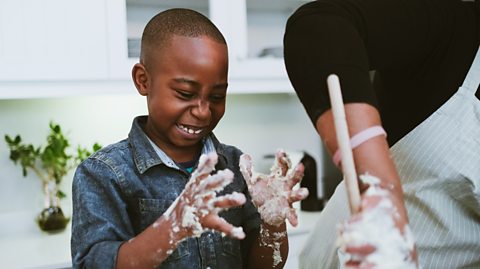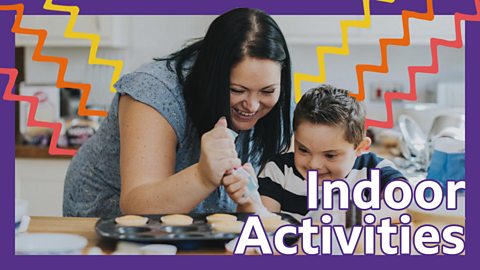Plastic bottles, tin cans, glass jars - your recycling is probably full of them, but with a bit of thought they can be opportunities for quick and imaginative fun with your children, and a chance to teach them about waste and resourcefulness.
Here are some simple, child-friendly ideas to get you crafting with everyday objects you could have around the house.

Tin cans
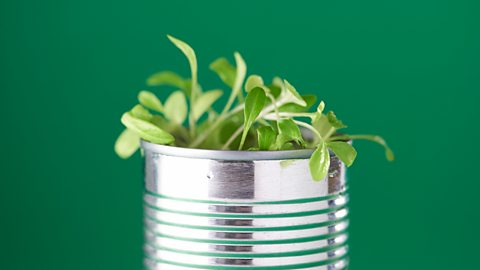 Image source, GETTY IMAGES
Image source, GETTY IMAGESMetal cans are a true classic for the resourceful child – just add string and you have stilts to stomp around on or even a first-rate tin can telephone to whisper into. But what else can you do with them?
Cans can be painted with acrylic paint, so make a great basis for some colourful homemade ornaments. Choose some easy-to-grow flowering seeds, like marigolds or aquilegias, and use a painted can as the perfect personalised planter for your child to look after. Alternatively, if you leave the inside of the can unpainted, you can make the most of its reflective surface to make beautiful tea light lanterns for the garden.
Just remember to make sure there are no sharp edges on the can you and your child are using - a ring pull may be better than a can that needs an opener. Don’t forget to wash them out too – you don’t want a dried-out baked bean ruining your beautiful lantern!
Plastic bottles
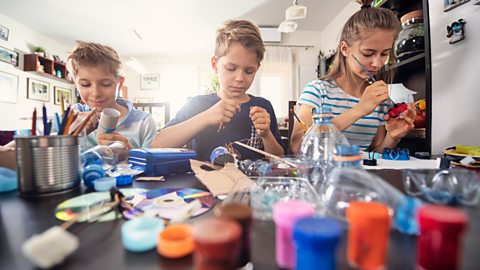 Image source, GETTY IMAGES
Image source, GETTY IMAGESPlastic bottles get a bad rap, and rightly so - more than eight million tonnes of plastic enter the world’s oceans each year. Recycling certainly helps to tackle this problem, but there are also ways you can transform your bottles into something brand new that your child can enjoy at home.
If you have houseplants or a garden, a plastic bottle makes a handy watering can, once you’ve put some well-placed holes in the lid. This isn’t a job for your child, but once you have carefully cut these holes yourself, let them decorate the outside of the bottle with string, ribbon, and coloured pens.
You could even help them to make a bird feeder, which they can fill up each day with seeds or mealworms and learn about the birds that live in your area!
Glass jars
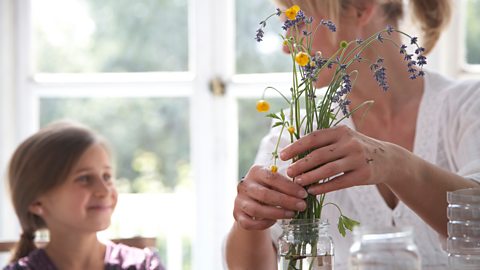 Image source, GETTY IMAGES
Image source, GETTY IMAGESReusing old glass jars is a great way to teach children that once a food container has been used for the first time, it doesn’t lose its value and can still find a place in the home.
Wash out your old jars, remove the labels and you can fill them with nuts, pasta, or even chocolate chips for your baking – many shops now offer this kind of produce packaging-free, so your jars may come in handy! With sticky labels your child can get designing and make sure your jars stand out in the kitchen, or, if you have coloured marker pens they could draw straight onto the glass - although you may need special pens to make sure their design doesn't rub off in time.
If your child loves flowers, then reusing and decorating old sauce or jam jars means you will have an almost unlimited supply of vases at the ready.
Magazines and newspapers
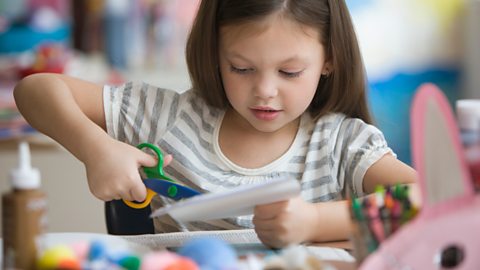 Image source, GETTY IMAGES
Image source, GETTY IMAGESMagazines, newspapers, even shopping catalogues, anything with pictures that a child can cut out, are a great chance to get them into collaging and using their imagination.
Maybe you could ask your child to create their own town. Let them choose pictures of people and buildings to cut out and then arrange on a piece of paper before gluing them down. If they love fashion, you could encourage them to pick out outfits – trousers from one picture, a top from another. Think of your own collage ideas to harness their creativity.
And if their fingers are nimble enough, you could even get them started on some simple origami. There are plenty of designs for beginners, like boats or animals, that you can find with a quick internet search.
Cardboard boxes
 Image source, GETTY IMAGES
Image source, GETTY IMAGESCardboard boxes - they’re beige and uninspiring, sure, but in a child’s mind they’re a blank canvas, ready to be painted.
Here are some ideas to get them going – a new den for their toys or stuffed animals; a submarine with portholes for looking out into the deep; colourful masks for the family; their very own sign for the bedroom door. All can be achieved with a cardboard box, some sticky tape, safety scissors, pens, and a bit of wishful thinking.
Of course, you could save up your boxes for the next big move or clear out, but where would be the fun in that?

More from BBC Bitesize Parents' Toolkit…
Parents' Toolkit
Fun activities, real-life stories, wellbeing support and loads of helpful advice - we're here for you and your child.

Rob Biddulph's five tips to help you confidently draw with your kids
Rob Biddulph, author and official illustrator for World Book Day, has some great tips and tricks to share to help you draw with your kids.
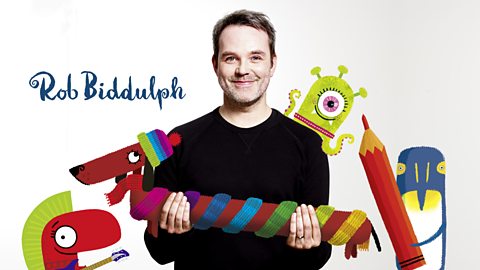
Fun activities for smaller children
Four to five-year-olds can have fun and learn new skills with these videos. From Tiny Happy People.
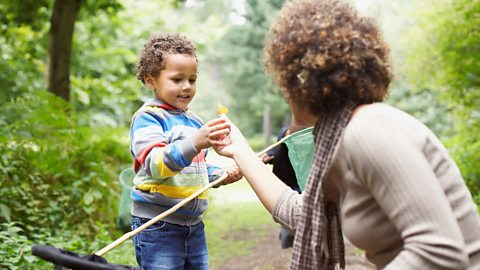
Five multisensory activities you can do with your child at home
Dr Susie Nyman shares her top tips on multisensory activities that you can do around the house with your child.
